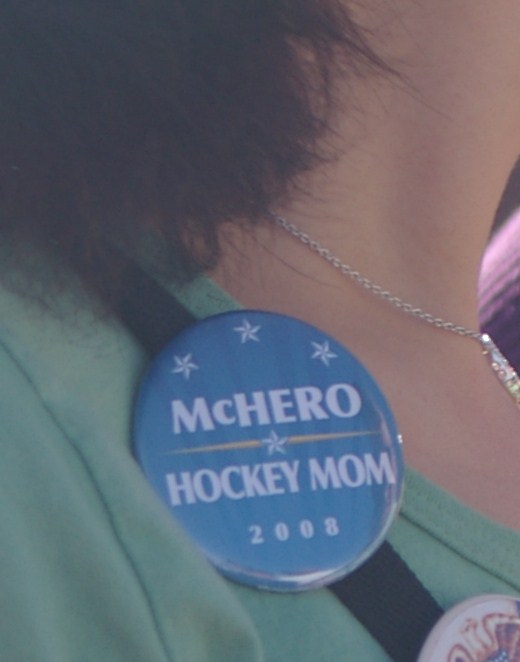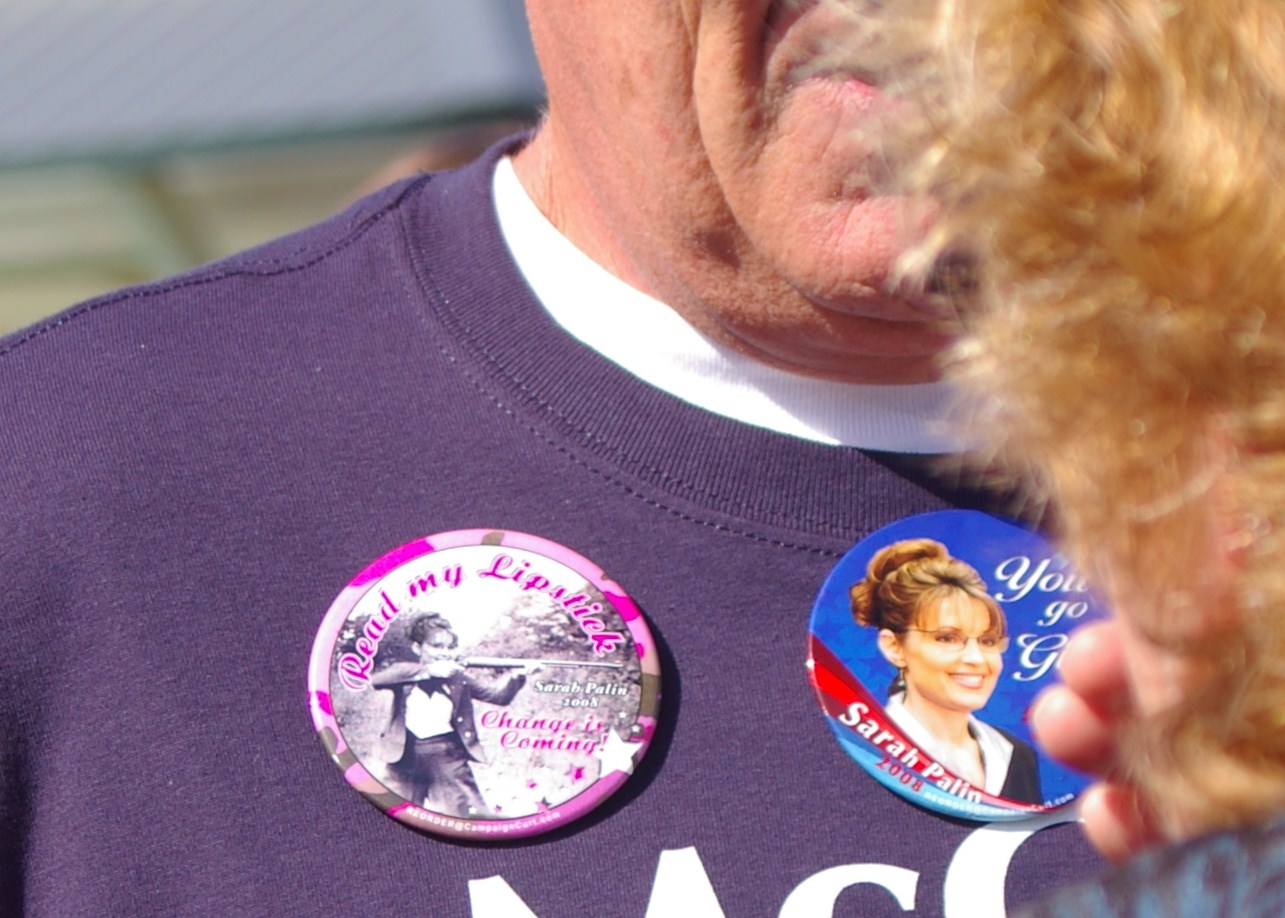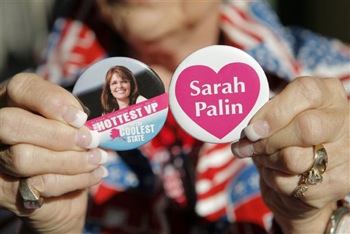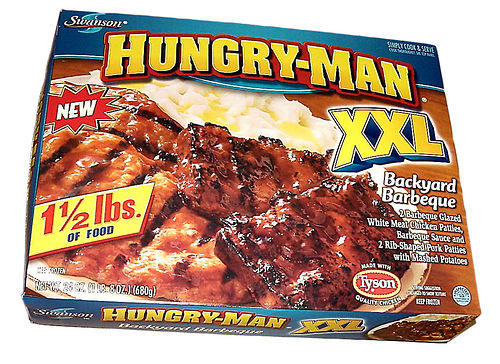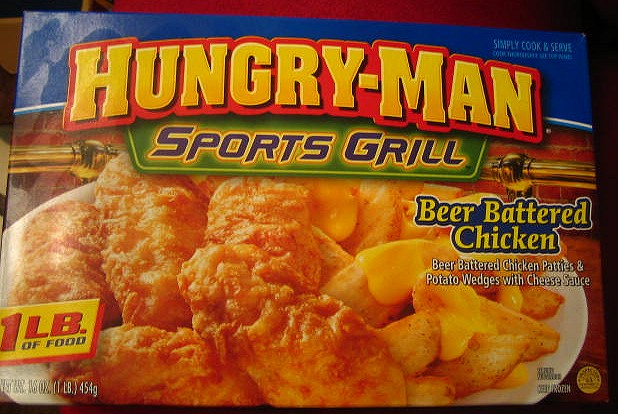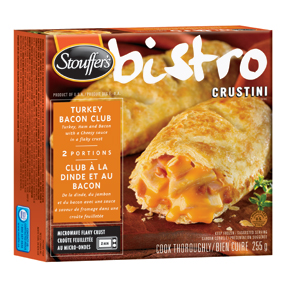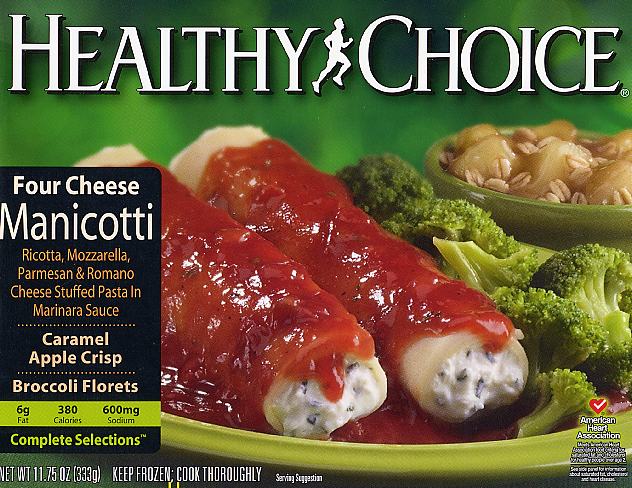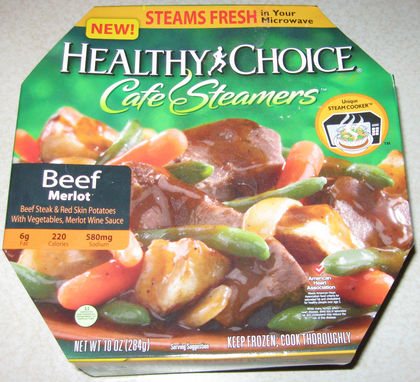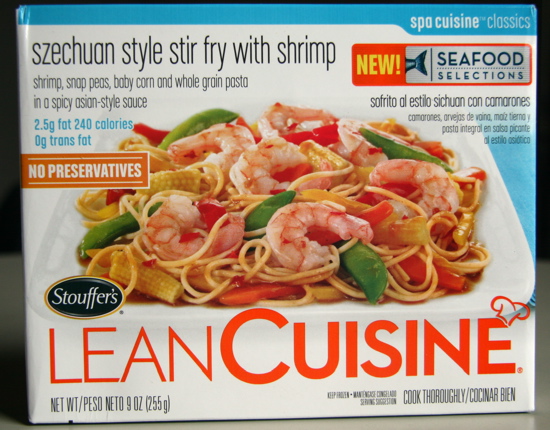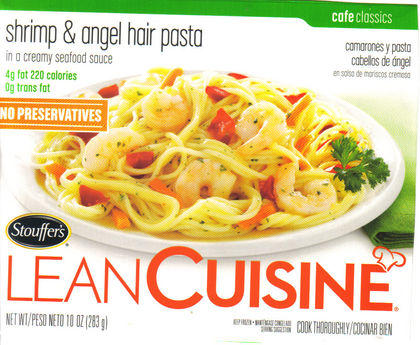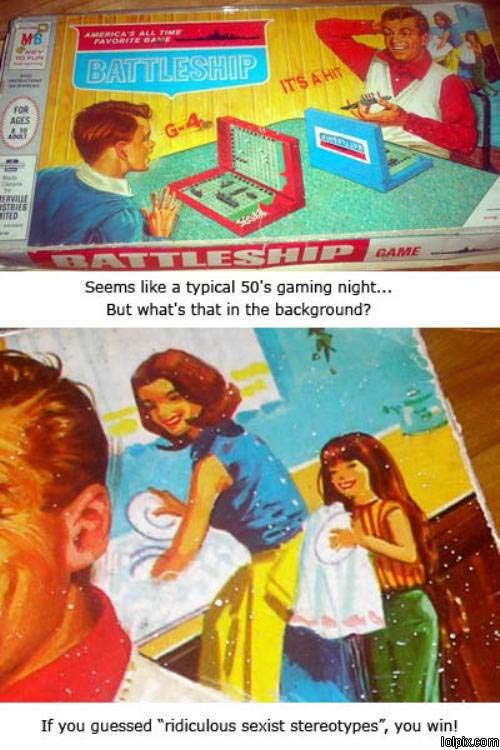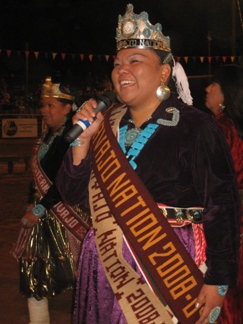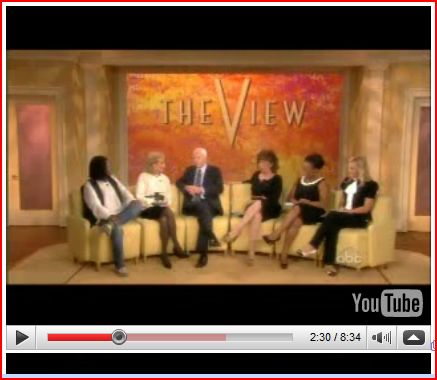Muriel M. M. went to a Palin rally and sent us her pictures and thoughts. She says that she waited three and a half hours to hear Palin speak and then left in frustration; so there will be no pictures of Palin. She did, however, make some observations about how people were showing support for Palin.
First, she thought the pins were interesting. Notice the gender binary and heteronormativity in this first pin (the “hero” and the “mom”):
Muriel noted that in the “Read my Lipstick” pin (below), Palin is looking at the viewer, not where she is aiming. It also reads “Change is Coming.” I hope it’s not coming down the barrell of a gun. Just saying.
The other pin (also below) reads “You Go Girl,” playing on the shallow when-women-do-what-men-do-we-should-be-proud-of-their-cute-adorable-selves version of feminism that actually trivializes women.
Second, Muriel reports that there was A LOT of pink at the event–“hats, ribbons, Tshirts… pins”–and that this is in stark contrast to Hillary Clinton events, which downplayed the femininity thing.
Finally, Muriel explains that women, often ones wearing no make-up at all, would hold “…lipsticks high in the air like you would do if you were at a concert and holding up a lighter.”
Fascinating. Thanks Muriel!
More pins (found here):

